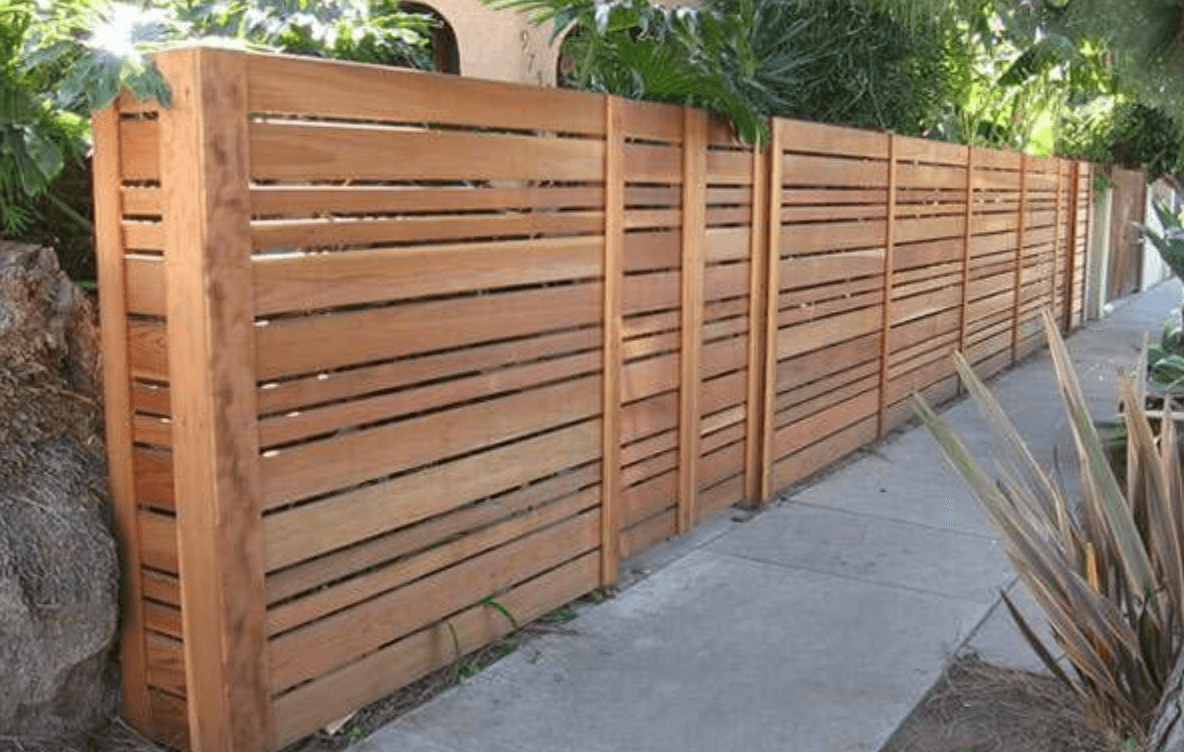All Categories
Featured
Table of Contents
Eco-Friendly Fencing Options for Environmentally Conscious Homeowners
As the world becomes more environmentally conscious, many property owners are looking for ways to make their homes and yards more sustainable. One of the key areas to focus on is the type of materials used for fencing. Chemically treated wood fences can harm the environment and require regular upkeep. But there are plenty of eco-friendly fencing alternatives that can help reduce your carbon footprint. Here are some great fencing alternatives for those who want to make an eco-friendly choice for their homes:
Bamboo is a highly renewable material that is perfect for eco-conscious fencing solutions. Bamboo grows quickly and requires minimal resources, making it a fantastic sustainable option. It is durable, lightweight, and doesn’t require the use of harmful chemicals for preservation. The natural beauty of bamboo fences blends well with various landscaping styles. Bamboo is a completely biodegradable material, which reduces waste at the end of its life.
![]()
As the world becomes more environmentally conscious, many property owners are looking for ways to make their homes and yards more sustainable. One of the key areas to focus on is the type of materials used for fencing. Chemically treated wood fences can harm the environment and require regular upkeep. But there are plenty of eco-friendly fencing alternatives that can help reduce your carbon footprint. Here are some great fencing alternatives for those who want to make an eco-friendly choice for their homes:
Bamboo is a highly renewable material that is perfect for eco-conscious fencing solutions. Bamboo grows quickly and requires minimal resources, making it a fantastic sustainable option. It is durable, lightweight, and doesn’t require the use of harmful chemicals for preservation. The natural beauty of bamboo fences blends well with various landscaping styles. Bamboo is a completely biodegradable material, which reduces waste at the end of its life.
2. Plastic Fences Made from Recycled Materials
Recycled plastic fences offer a sustainable solution for customers who prioritize minimizing waste. These fences are made from recycled plastic, which helps prevent more plastic waste from entering landfills. Recycled plastic fences are incredibly durable, weather-resistant, and don’t require painting or staining. It's a perfect option for those looking to combine sustainability with longevity.
3. Reclaimed Wood Fencing
Repurposing reclaimed wood for your fence reduces the demand for new timber and is a sustainable choice. Repurposing wood from old structures helps reduce the need for new timber and prevents excess waste. This type of fence provides a rustic, charming look while being a more sustainable choice. Reclaimed wood fences are unique in appearance, as each piece has its own history, and they can be treated with eco-friendly finishes for added durability.4. Natural Living Fencing
Living fences, such as hedgerows, are one of the most natural and sustainable fencing options available. Hedgerows and other plants can be used as a living fence to create privacy and define boundaries. A living fence can enhance privacy, reduce noise pollution, and improve air quality. In addition to being sustainable, living fences provide food and shelter for local wildlife.Conclusion
For environmentally conscious customers, there are many sustainable fencing options available that can help you reduce your environmental footprint. From bamboo to composite materials, you can find an eco-friendly fence that suits your style and needs while helping the environment. When you opt for a sustainable fence, you’re making a positive contribution to the environment while enhancing your home’s exterior.Table of Contents
Latest Posts
Uncover Outstanding Vehicle Maintenance Care offered by Montclare Auto Repair – Expert Care for Your Vehicle
Published May 29, 25
1 min read
Why Routine Vehicle Maintenance at Montclare Auto Repair Reduces Costs
Published May 25, 25
1 min read
Explore Exclusive Auto Repair Offers in Chicago at Montclare Auto Repair
Published May 22, 25
1 min read
More
Latest Posts
Uncover Outstanding Vehicle Maintenance Care offered by Montclare Auto Repair – Expert Care for Your Vehicle
Published May 29, 25
1 min read
Why Routine Vehicle Maintenance at Montclare Auto Repair Reduces Costs
Published May 25, 25
1 min read
Explore Exclusive Auto Repair Offers in Chicago at Montclare Auto Repair
Published May 22, 25
1 min read